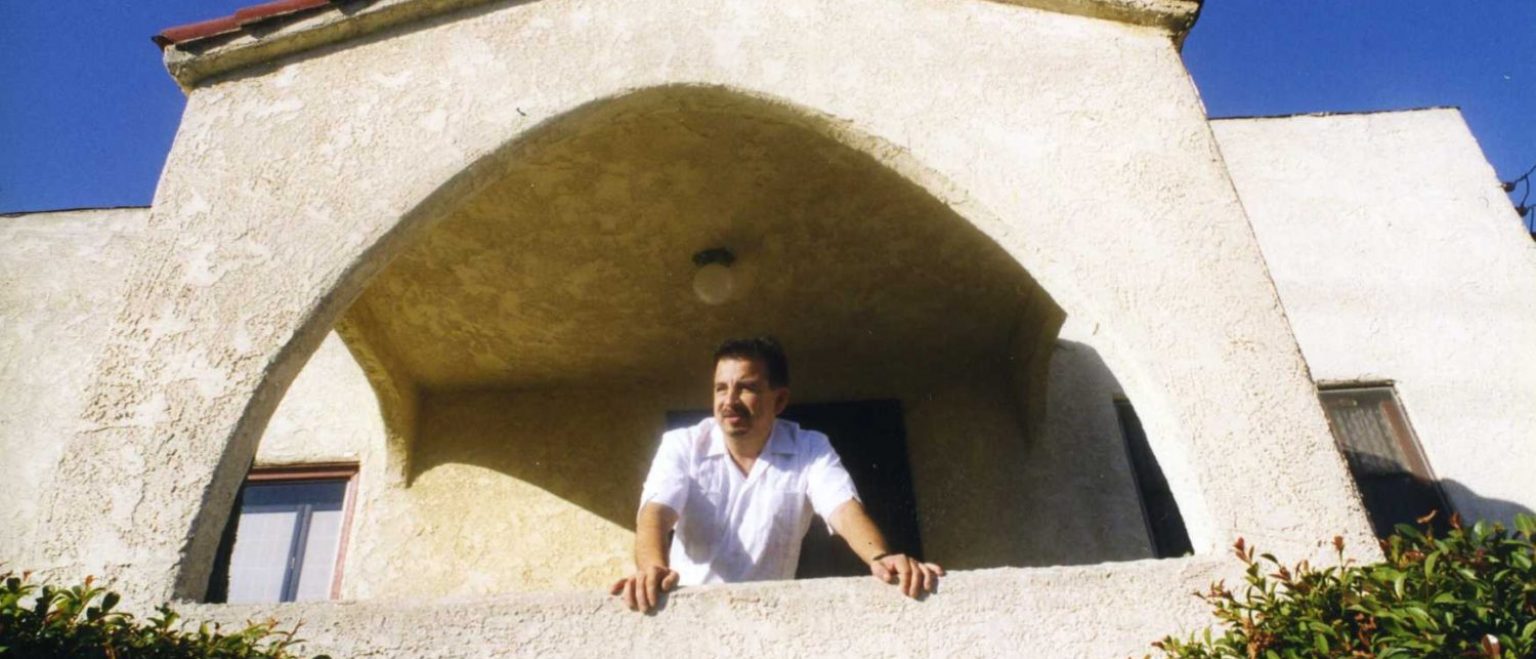
7.14.2020 by James Rojas
This article was originally published on Common Edge.
Urban planners take pride in knowing, not feeling, communities. Emotion is generally not part of their toolkit. In fact, it is often actively resisted. Most planners are trained to work in an abstract, rational tradition, thinking about cities in head-heavy ways and using tools like maps and data to understand, explore, and regulate the land and its people. This rigid understanding of communities, especially nonwhite ones, creates intrinsic problems, because planners apply a one-size-fits-all approach to land use, zoning, and urban design. Not truly listening to these communities, or even simply allowing for other ways of being, has led to long legacies of conflict, trauma, and oppression. Our urban inequities are not accidents. They’re products of design and intention.
In stark contrast to planners, architects, and other credentialed experts, most people experience cities in profoundly tactile ways, through their senses and emotions. The building blocks of cities comprise more than structures, streets, and sidewalks, but equally encompass personal experience, collective memory, and aspirations. While less tangible and more difficult to measure, these aspects are what transform infrastructure, mere physical objects, into place, a sense of belonging—community. And yet these more ephemeral ways of understanding are discounted within conventional planning practice and education. The result is an acute distrust between planners and the public. As a planner of color, I have had to expand my rational education with personal experience, in hopes of developing a practice that embraces the feelings I have encountered my entire life…READ MORE.




